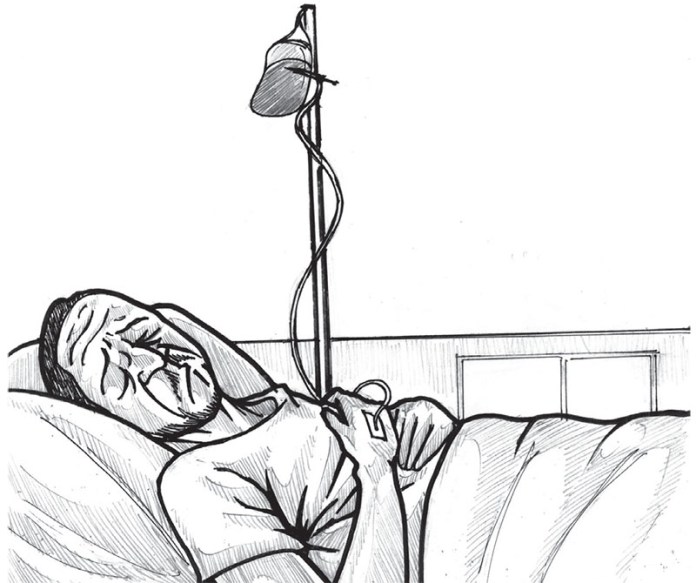
There are fears that Lassa fever, which ravaged many states across the nation earlier in the year, may spread farther, after a nurse and a patient died of the disease recently at the Federal Medical Centre, Abeokuta in Ogun State. “We thought Lassa fever was gone,” said Professor Isaac Adewole, Minister of Health, “until we recorded one or two cases which turned out sour. The one in Abeokuta was particularly worrisome. The nurse (who died) spent almost two weeks in the hospital and they did not even think of it (as Lassa fever) and that created a big problem because we now monitor about 350 people who came in contact with the nurse.”
We hope the authority will act quickly on this matter. Lassa fever has been a serious challenge for the country’s health authorities since it was first diagnosed in Lassa (the village for which it was named) in Borno State in 1969. While there have been efforts in the past to contain the scourge, it resurfaced in epidemic proportions late last year and spread through Bauchi to 17 other states including Nasarawa, Niger, Taraba, Kano, Rivers, Edo, Oyo and Lagos. By early this year, about 100 patients had died of the disease. “The government will continue to enhance its surveillance and social health education, information and communication activities to prevent the disease from spreading further in Nigeria,” said Adewole at the time.
The resurgence of the deadly disease is a failure of the measures to contain it. From what happened at the FMC Abeokuta, even simple tests were not carried out to confirm the nature of the ailment that afflicted the nurse before complications set in. She was treated for malaria. “Because she was a nurse, they never thought of Lassa fever”, said Adewole. “Even if the patient is a bishop, it (the disease) can be Lassa fever. When we launched malaria programme, we said nobody should treat malaria without diagnosis.”
Lassa fever is a viral disease transmitted when a human comes into contact with an infected rat’s feces, urine, or the bodily fluids of an infected human. These rats are often found in human homes. Transmission through contaminated food is common, as the rats can leave excretions in food stores. The infection, in some cases, has no noticeable impact while it could be fatal in others. The Centre for Disease Control estimates that in 20 per cent of Lassa fever cases, patients suffer a “severe multisystem disease”.
The symptoms of the fever, often with incubation period of six to 21 days, according to the World Health Organisation (WHO) are gradual, “starting with fever, general weakness, and malaise. After a few days, headache, sore throat, muscle pain, chest pain, nausea, vomiting, diarrhea, cough, and abdominal pain may follow”.
Fortunately, Nigeria has the capability to diagnose Lassa fever and the laboratories have confirmed all the cases reported so far. Lassa fever is treated with an antiviral drug called Ribavirin. However, because the symptoms of Lassa fever could be so varied and non-specific, clinical diagnosis is often difficult, especially early in the course of the disease. For that reason, steps should be taken to direct all health facilities in the country to emphasise routine infection prevention and control measures. Family members and healthcare workers are advised to avoid contact with blood and body fluids while caring for sick persons.
This is the time to internalise all the lessons learnt from the way and manner in which the Ebola scourge was handled in our country. While members of the public are advised to keep clean environment, healthcare workers are enjoined to immediately contact the epidemiologist in the State Ministry of Health or call the Federal Ministry of Health on seeing any patient suspected to have the fever.
END

Be the first to comment